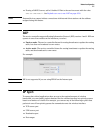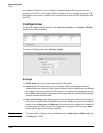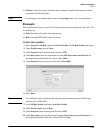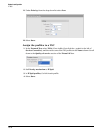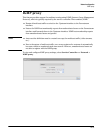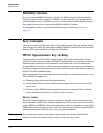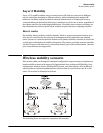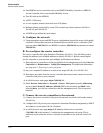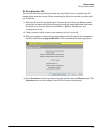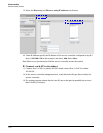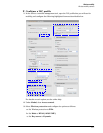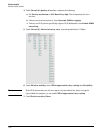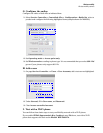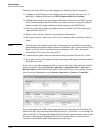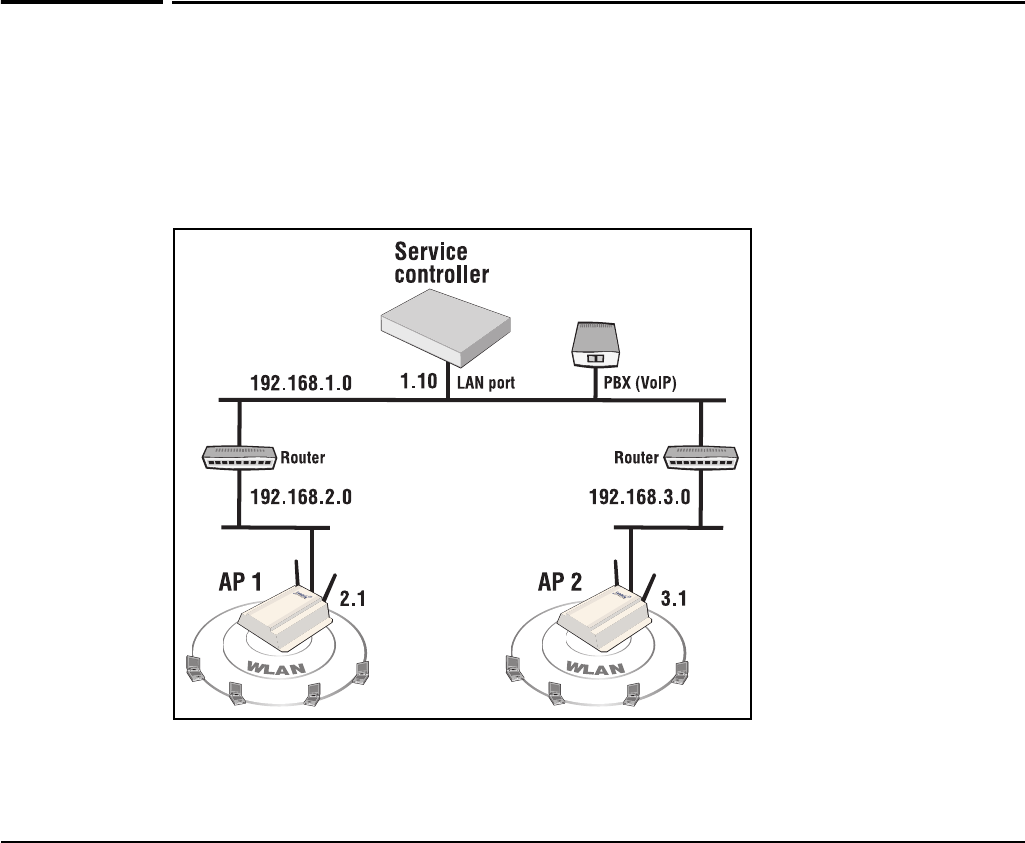
Wireless mobility
Wireless mobility scenario
Layer 3 Mobility
Layer 3 (L3) mobility enables users to roam between APs that are connected to different
service controllers operating on different subnets, while maintaining their assigned IP
address. L3 mobility enables a seamless wireless infrastructure to be deployed across a
routed backbone network while delivering a consistent set of services to users, regardless of
the subnets used for the underlying infrastructure. L3 mobility uses a unique technology set
that eliminates the need for special client software required by some competing solutions.
How it works
The mobility feature defines a mobility domain, which is an interconnection between up to
four service controllers for the purpose of exchanging mobility information on roaming
users. One service controller must be defined as the primary mobility controller. It acts as the
central site for distribution of mobility information. The primary controller must be reachable
via the LAN port on all other service controllers that are part of the mobile domain. (Internet
port connections are not supported.)
Wireless mobility scenario
This section walks you through the minimum configuration steps necessary to implement a
simple mobility scenario with support for Opportunistic key caching and L3 Mobility. Once
implemented, wireless clients, including Wi-Fi phones, can roam between APs on different
subnets without experiencing delays as the wireless client is switched from one AP to the
other. The scenario is illustrated as follows:
The following items are required to implement this scenario:
11-3



